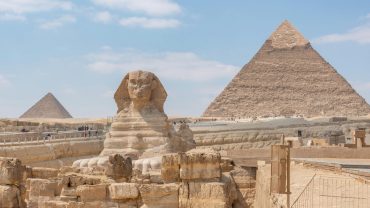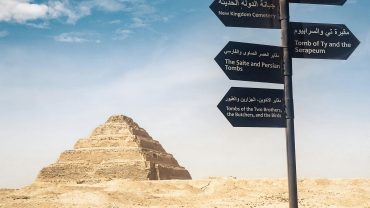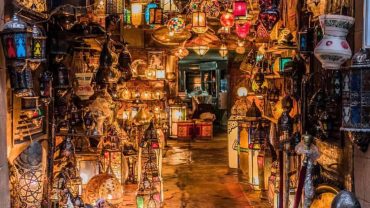One of the largest and most impressive religious sites in the world, Karnak Temple is an essential stop when exploring Luxor. Situated on the east bank of the Nile, the temple complex is dedicated to Amun-Ra, the chief god of Egypt, and was constructed over 2,000 years by several pharaohs. Visiting Karnak is like stepping into the heart of ancient Egypt, with its towering columns, grand halls, and intricate transfervings that tell the story of Egypt’s divine rulers.
The Significance of Karnak Temple
Karnak Temple was not only a place of worship but also a symbol of royal power and divine authority. The temple was built by different pharaohs, spanning from the Middle Kingdom to the Ptolemaic Period, with each ruler adding to its grandeur. The temple complex served as a religious center where pharaohs and priests performed daily rituals to honor the gods, particularly Amun-Ra, who was believed to be the creator of the world.
The Great Hypostyle Hall, with its 134 massive columns, remains one of the most remarkable features of Karnak. This hall is a testament to the engineering and architectural prowess of the ancient Egyptians, and its vast size creates a sense of awe that visitors continue to admire today.
Features and Highlights of Karnak Temple
When you visit Karnak Temple, there are several highlights that will captivate your imagination and transport you back to ancient Egypt:
- Great Hypostyle Hall: The massive hall with 134 columns is the most famous part of Karnak. These columns rise to a height of 21 meters, creating an incredible sense of scale and grandeur. The walls are decorated with intricate reliefs and hieroglyphics that narrate the stories of Egypt’s gods and rulers.
- The Obelisks: Karnak Temple features a number of obelisk monuments, including the famous Obelisk of Hatshepsut, which stands 29 meters tall. These towering structures were used to honor the gods and were often inscribed with hieroglyphic texts celebrating royal achievements.
- The Sacred Lake: This man-made lake was used for purification rituals by the priests and pharaohs of Karnak. Visitors can walk around the lake and enjoy the peaceful surroundings.
- Avenue of Sphinxes: The Avenue of Sphinxes was once the grand procession route that linked Karnak Temple to Luxor Temple. Lined with statues of sphinxes, this path provided a dramatic entrance to the temple complex.
What to Expect When Visiting Karnak Temple
Visitors to Karnak Temple will be struck by its sheer size and the magnificence of the structures. It’s recommended to dedicate a few hours to explore the temple, as there’s so much to see. The temple is located just a short distance from Luxor Temple, making it easy to visit both in one day.
The open-air museum setting allows you to walk freely among the ruins and explore the many halls and courtyards. The best time to visit Karnak is early in the morning or late in the afternoon to avoid the midday heat.
Practical Tips for Visiting Karnak Temple
- Opening Hours: The temple is typically open from 6:00 AM to 5:00 PM.
- Ticket Prices: There’s an entrance fee for Karnak Temple, and additional charges may apply for special areas like the Sound and Light Show.
- What to Bring: Comfortable walking shoes, a hat for sun protection, sunscreen, and plenty of water.
- Best Time to Visit: To avoid the heat, the best times are during the early morning or late afternoon, especially in the summer months.
Conclusion
Karnak Temple is a must-see destination in Luxor, showcasing the brilliance of ancient Egyptian architecture and religion. The vastness of the temple and the intricacy of its transfervings leave visitors in awe of the sophistication and power of ancient Egypt. Whether you’re a history buff or a first-time traveler to Egypt, Karnak offers a unique and unforgettable experience that allows you to immerse yourself in the ancient world of the pharaohs.




Comment (0)